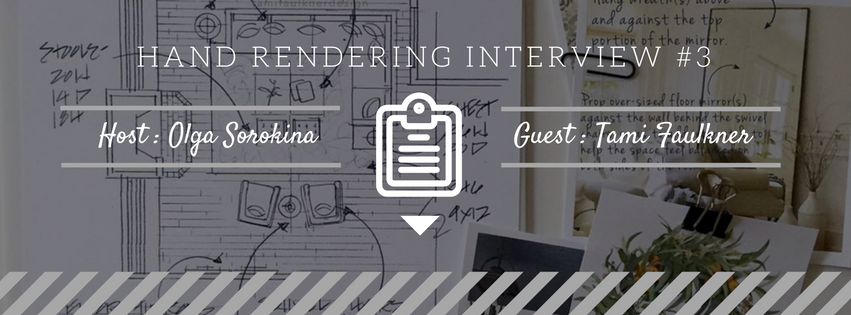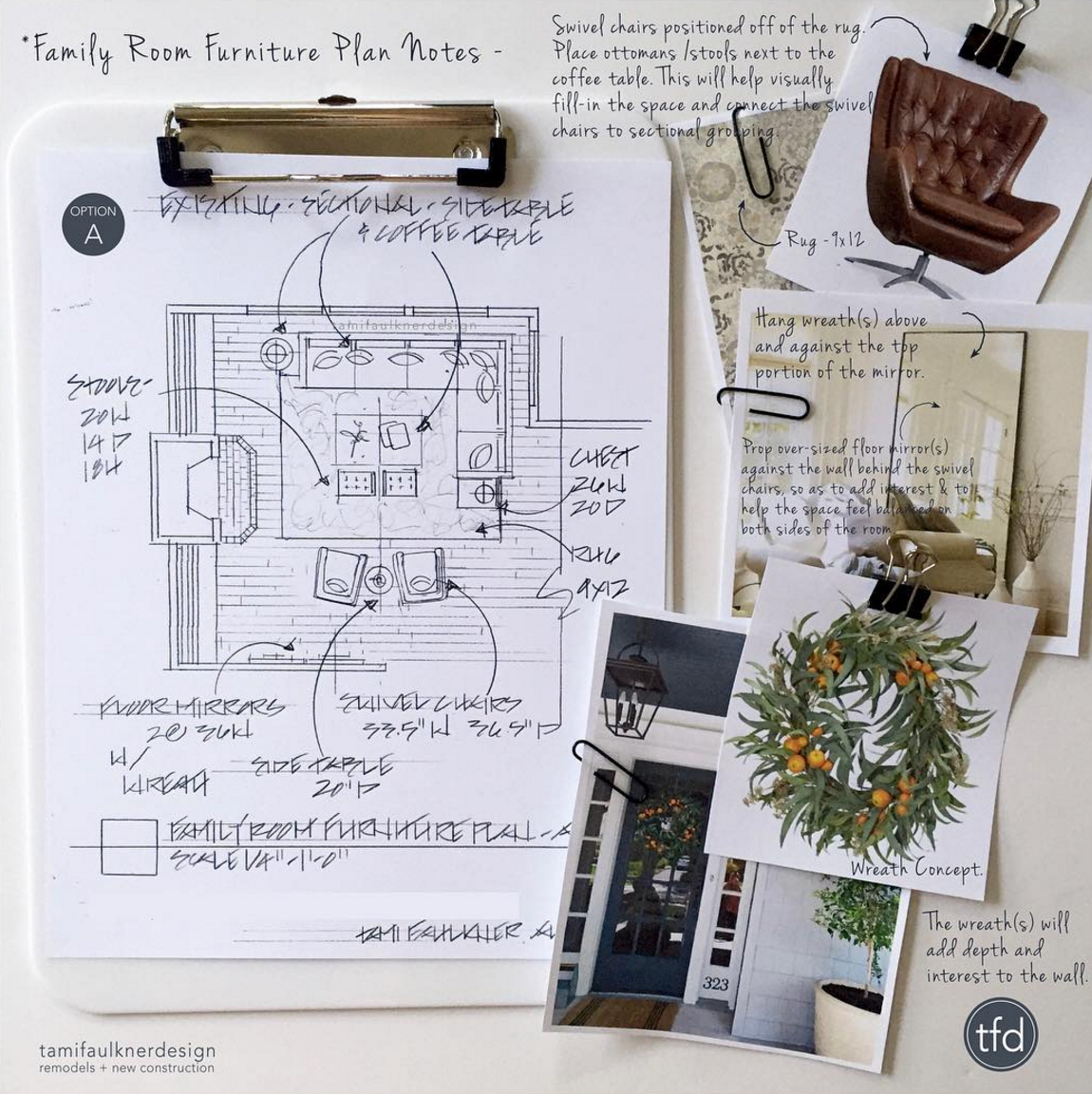Meet Tami Faulkner, a Northern California based Interior Designer. She began assisting clients with their design needs in 2000 after graduating with a Bachelor of Fine Arts in Interior Design from California State University, Chico. Her work experience includes commercial, corporate, healthcare, and residential design projects. Tami's speciality is residential remodels: particularly kitchen and bath design. She also designs furniture and does some graphic design. Currently Tami teaches hand rendering seminars for both professional and student designers.
1. Olga Sorokina (O. S.): Tami, could you please tell us how did you come to interior design and rendering and what was your initial step in hand rendering?
Tami Faulkner (T. F.): Drawings and renderings are just a part of the design process. As a design student it was the means in which I learned to design, problem-solve and communicate ideas and so naturally those skills became critical to my design approach as a professional.
2. O. S.: According to your Instagram it looks like your favorite part of design work is ideation on paper using furniture plan and concept board, so what does hand rendering and space planning mean to you?
T. F.: The way I see it, space planning is the foundation of any successful design project. It’s critical to understand and know the existing space and the potential for new space, to be able to offer valuable solutions for the client.
3. O. S.: How do you structure your workday or your workweek?
T. F.: My work days and work weeks are a careful balance between client appointments, onsite visits, research outside of the studio and time in my studio. Although all of these steps are essential to moving a design projects along, I always feel like my time is more productive while in my studio, when I’m actually producing and designing.
4. O. S.: Please tell us about your sources of inspiration. What helps you to be productive?
T. F.: My initial source of inspiration is the client themselves. Along with knowing the space, I try to understand how the client thinks, how they live and what inspires and pleases them. And from there I set to work to come up with creative, yet practical solutions.
“Hand renderings add polish and warmth, making the design presentations more appealing to the clients. That appeal helps as a selling tool too, with being able to present design ideas in a pleasing way.”
5. O. S.: I have noticed in your Instagram some photos from your Rendering Workshops for creatives, what does it mean to you to share your knowledge?
T. F.: Yes, spending time teaching and mentoring other designers is a highlight for me. I love spending time with creatives and for the energy, enthusiasm and renewal of spirit that I get from other designers.
6. O. S.: How do you see the future of hand rendering in interior design?
T. F.: Interesting question... How do I see the influence of hand rendering in the future of design? Honestly, I have been surprised by the interest designers have in learning a skill that is hardly taught in design school today. That said, there seems to be a push and a rekindled interest in including an artful, hand produced feel to otherwise computer-aided presentations. There is a sense of authenticity that hand rendering adds to a design presentation that is hard to match by using a computer. Hand renderings add polish and warmth, making the design presentations more appealing to the clients. That appeal helps as a selling tool too, with being able to present design ideas in a pleasing way.
“Space planning is the foundation of any successful design project. It’s critical to understand and know the existing space and the potential for new space, to be able to offer valuable solutions for the client.”
7. O. S.: What one advise would you give for beginners in hand rendering?
T. F.: To those who want to learn hand rendering, I would say to start by following other designers who’s hand rendering styles are admired. Analysis, look at it carefully and consider how they do what they do, and then try to implement the same approach while putting a unique spin on it.
Interview with Tami Faulkner by Olga Sorokina.
P. S. Please share this inspiring interview with your friends. Thank you!
To learn more please visit Tami's website: tamifaulknerdesign.com
Tami's Instagram: tamifaulknerdesign




